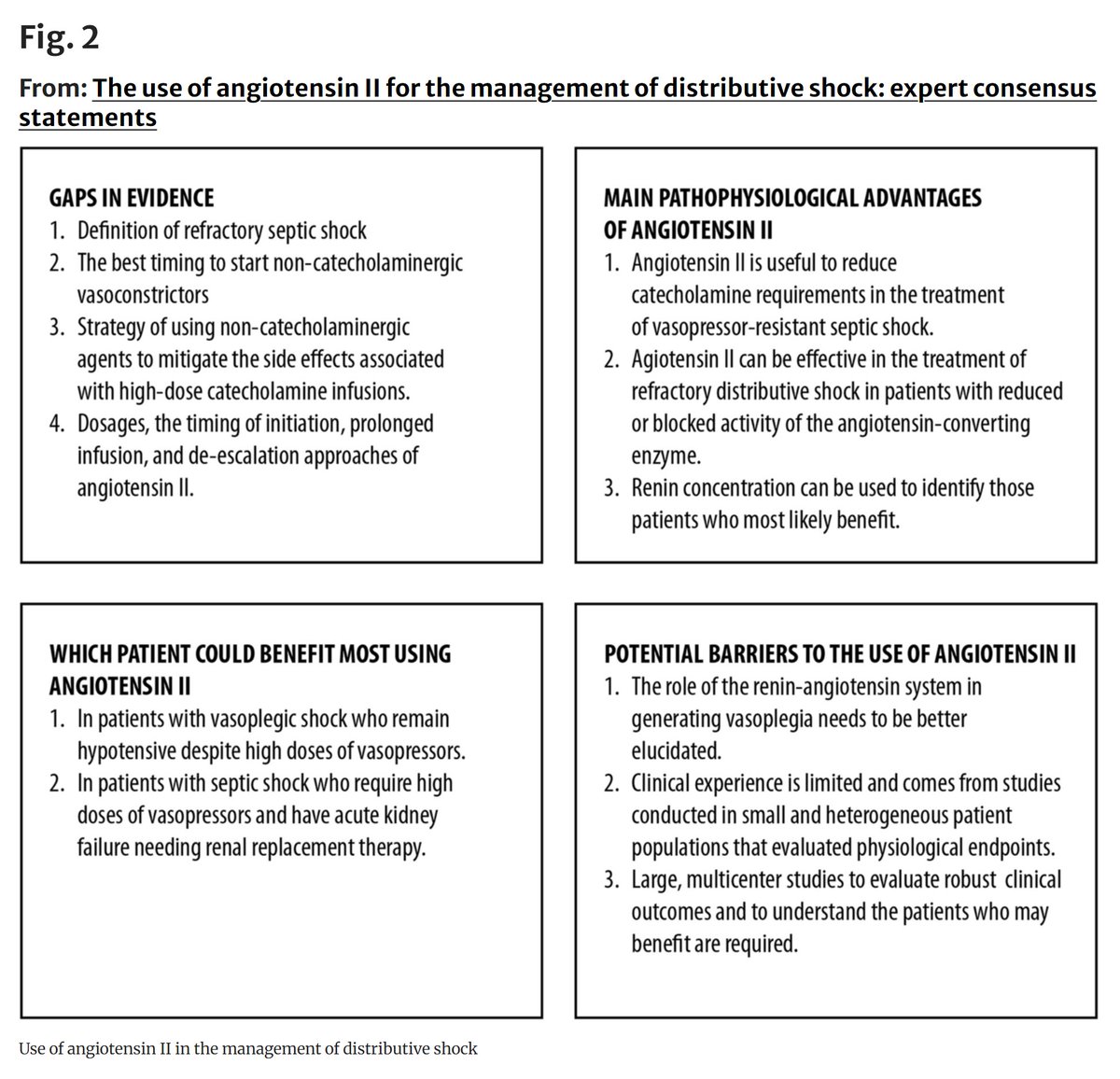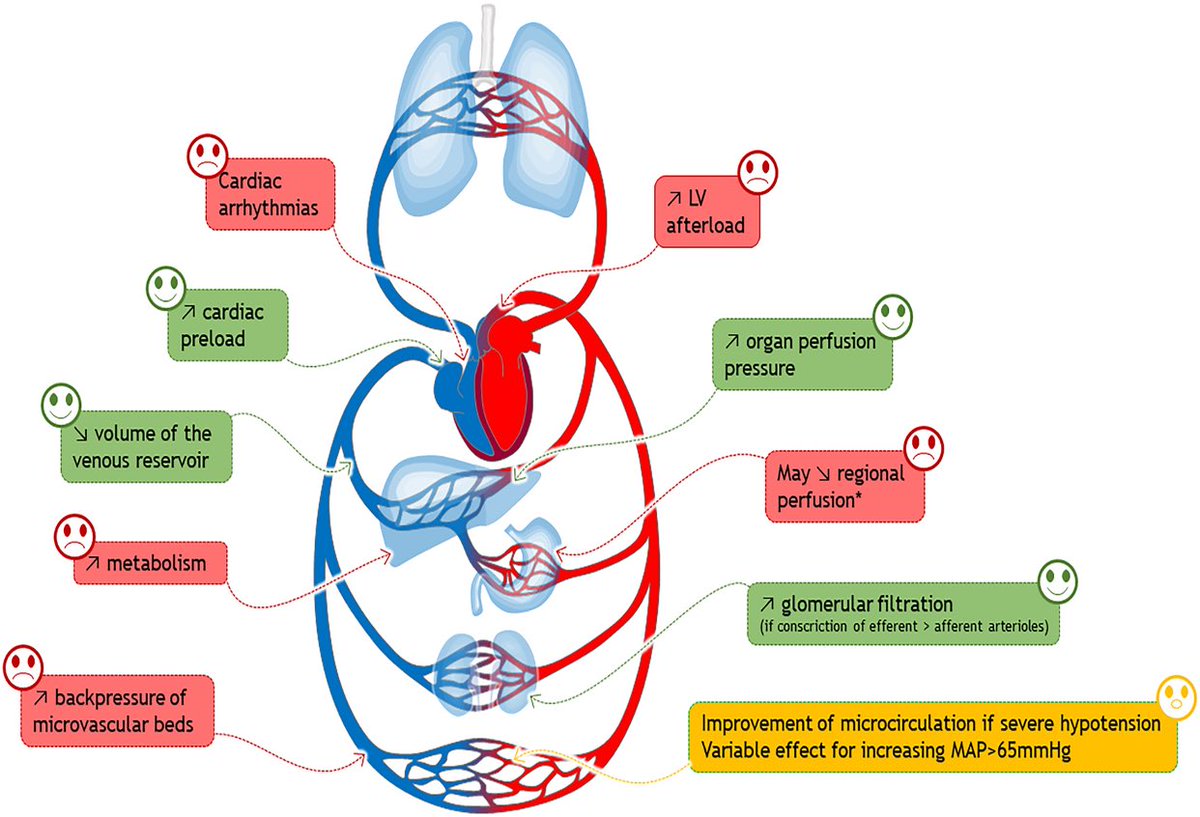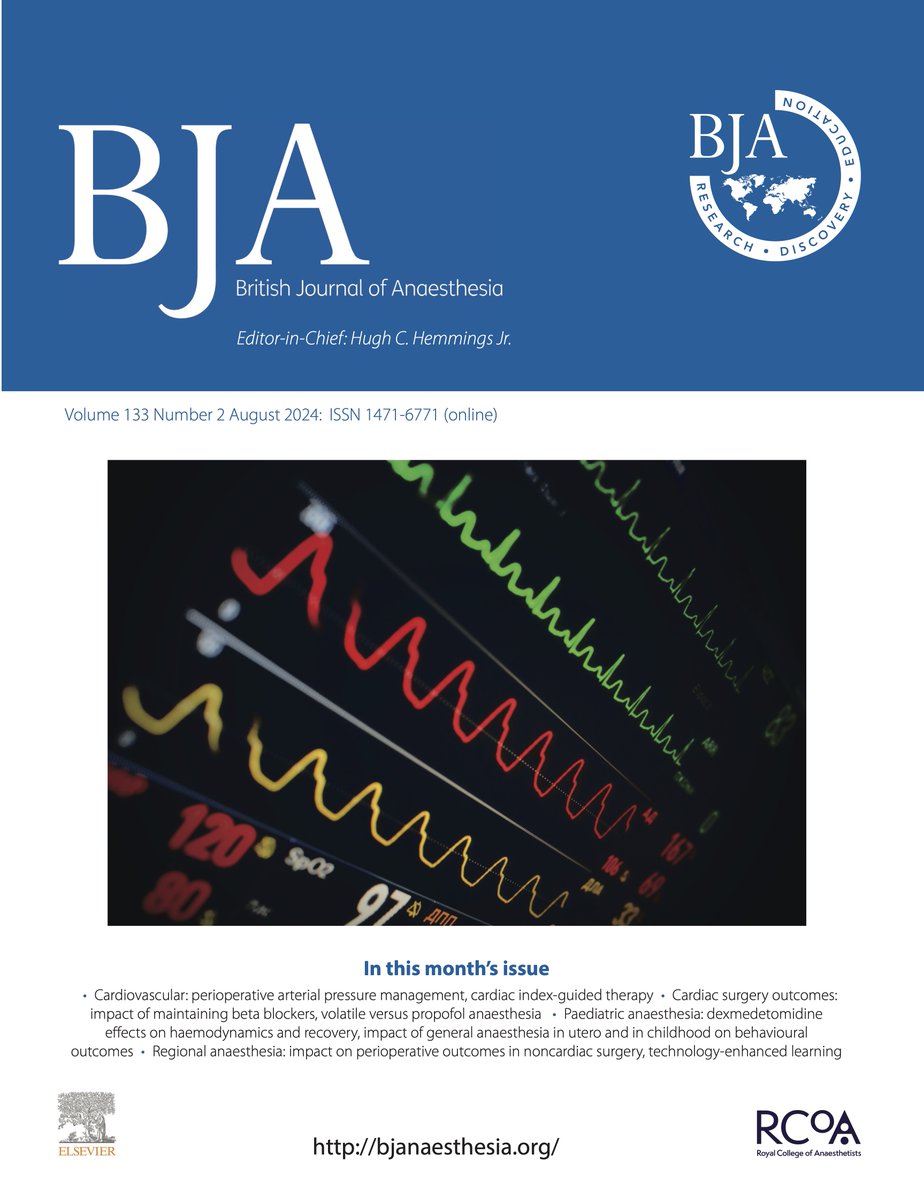
Filippo D'Amico
@drfdamico
Anesthesia and Intensive care San Raffaele Hospital
ID: 1184866855388925953
17-10-2019 16:20:57
849 Tweet
1,1K Takipçi
448 Takip Edilen








Read the letter to our meta-analysis and our response in the latest issue of Critical Care Medicine. Critical Care Medicine Giovanni Landoni, MD Alessandro Pruna, MD Zbigniew Putowski journals.lww.com/ccmjournal/cit…

#Angiotensin II for the management of distributive shock: expert consensus statement A group of Italian ICU specialists including Andrea Cortegiani Prof. ELENA GIOVANNA BIGNAMI Katia Donadello fabio guarracino Gianluca Paternoster Girardis Massimo published today open access Journal of Anesthesia, Analgesia and Critical Care link.springer.com/article/10.118…


Steven Mathern Giovanni Landoni, MD Michael Mazzeffi Filippo D'Amico Alessandro Pruna, MD Todd C. Lee I doubt there will ever be a clear threshold. MAP is kind of like CVP - the same value can mean completely two different flow-resistance situations. This meta analysis suggests that doing ‚more’ by uniform MAP uptitration is overall worse than doing less. No clear value though

Zbigniew Putowski Steven Mathern Giovanni Landoni, MD Michael Mazzeffi Filippo D'Amico Alessandro Pruna, MD I still see people on pressors with map 70+ because enough attention isn't paid to the top end. Others map 60 on pressors and eating a sandwich and being on pressors where the map doesn't match the patient. I think this paper suggests we need to have some pressor stewardship

Zbigniew Putowski Steven Mathern Giovanni Landoni, MD Michael Mazzeffi Filippo D'Amico Alessandro Pruna, MD Here's an interesting exercise. The next time you're in your ICU count the number of patients with maps above 70 who are receiving norepinephrine.

The use of angiotensin II for the management of distributive shock: expert consensus statements Giovanni Landoni, MD CCR Journal Watch criticalcarereviews.com/latest-evidenc… Get the latest critical care literature every weekend via the CCR Newsletter - subscribe at criticalcarereviews.com/newsletters/su…





Randomized studies consistently show that intraoperative hypotension is not the cause of adverse events. Continuing RASIs increases episodes and duration of hypotension but has no impact on mortality or adverse events (1.02 [0.87-1.19]) Giovanni Landoni, MD Ashish K. Khanna, MD,MS,FCCP,FCCM,FASA

Filippo D'Amico Giovanni Landoni, MD Ashish K. Khanna, MD,MS,FCCP,FCCM,FASA Finally a negative study that I have been waiting for


#PREHABILITATION is THE hot topic in perioperative medicine In #Florence there is an ongoing fantastic program and many patients are screened and prehabilitated Prof Gabriele Baldini and Stefano Romagnoli are leading the project and will present us their impressive activity tomorrow








